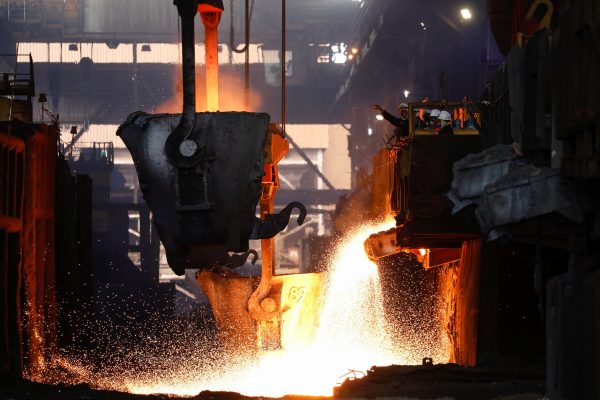In terms of attracting investment, Indonesia’s nickel downstreaming policies have produced results. In 2020, Indonesia banned the export of raw nickel ore to attract investment, largely in nickel smelters. A year later, the country received downstream investments and commitments from Chinese companies totalling some US$30 billion. As of July 2023, there were already 43 nickel smelters operating, 28 under construction and 24 in the planning stage.
Indonesia processes its laterite nickel ore through two smelting methods. One method, well-suited to Indonesia’s nickel ore, uses a pyrometallurgical (class 2) treatment for lower-grade nickel grade to produce nickel pig iron, a key component in stainless steel production. The other (class 1) treatment for higher-grade nickel requires a high-pressure acid leaching (HPAL) process to produce mixed hydroxide precipitate (MHP), used in lithium-ion NCM battery cathodes. Most smelting investments have been for producing class 1 high-grade nickel NCM battery cathodes, driven by the growing demand for EV batteries.
But a cause for concern is the recent trend of major EV manufacturers, including Tesla, to switch from using nickel to a mineral combination of lithium-iron-phosphate (LFP) as their EV battery source. These minerals are more readily available and cost-effective. Should this conversion become widespread, it could have a devastating impact on Indonesia’s ambitious downstreaming plans.
To assess the impact of EV producers shifting from NCM to LFP batteries on Indonesia’s nickel industry, it is useful to compare these two battery types. According to a recent report, the cost of LFP batteries is roughly US$12 per kWh cheaper, as the minerals used are more plentiful and easier to access.
But LFP batteries have a few disadvantages compared to their NCM rival. One drawback is their lower driving range (estimated to be about one third less), especially apparent in cold weather due to LFP’s lower energy density. Another drawback is their lower recycling value. When factored into the cost calculation, the cost gap between NCM and LFP batteries, which may lead to lower demand for NCM batteries than initially planned.
Indonesia’s nickel downstream industry faces substantial challenges. First, there is the need to effectively mitigate environmental damages brought about by deforestation to clear mining sites, disruptions to local communities and the unsafe management of toxic mining waste. The industry also relies heavily on coal for the high electricity power needed by smelting plants.
Second, the country’s over-reliance on China for investment and market access is a concern. About 90 per cent of the country’s nickel processing facilities are dominated by Chinese companies. Prominent players include Tsingshan Holding Group, Zhejiang Huayou Cobalt, Ningbo Lygend (part of CATL Group), Wuling Motors and China Molybdenum Company. But the growing presence of large South Korean conglomerates — such as Hyundai Motors, LG Energy and SK — and Taiwan’s Foxconn have somewhat tempered China’s dominance.
Third, there is confusion arising from the dual oversight of the industry by two ministries. Mining activities are overseen by the country’s Ministry of Energy, while the Ministry of Industry is responsible for monitoring the downstream ore processing phase. These two ministries occasionally interpret and enforce related policies differently. Close coordination and understanding between these two ministries is required for Indonesia’s downstreaming policy to work, which is challenging due to differing past objectives.
The new 2024 government will face several policy considerations. If the anticipated shift to more cost-efficient LFP batteries happens, Indonesia should consider recalibrating the mix between its capacity and investment in class 1 and class 2 nickel processing. This means focusing more on developing and investing in producing lower-grade nickel pig iron for stainless steel manufacturing.
Indonesia should consider moving away from a blunt nickel export ban to a more flexible Domestic Market Obligation (DMO) scheme, like those applied to coal and palm oil. The government and industry players are familiar with this scheme and thus might be easier to implement. Over time, as government institutions mature, some sort of guarantee for long-term investors as to the supply and a price band of raw ore could be considered.
The success of the nickel downstreaming policy is in part due to Indonesia being the world’s largest nickel producer with the largest reserves. This might not hold true for other minerals and commodities, calling for more careful application across different sectors.
Indonesia needs to prioritise downstream policies in sectors with a broader impact on small business and job creation. This is crucial if the country aims to leverage its demographic dividend, a window that will close by 2040.
Manggi Habir is a Visiting Fellow at the ISEAS–Yusof Ishak Institute, Singapore.

